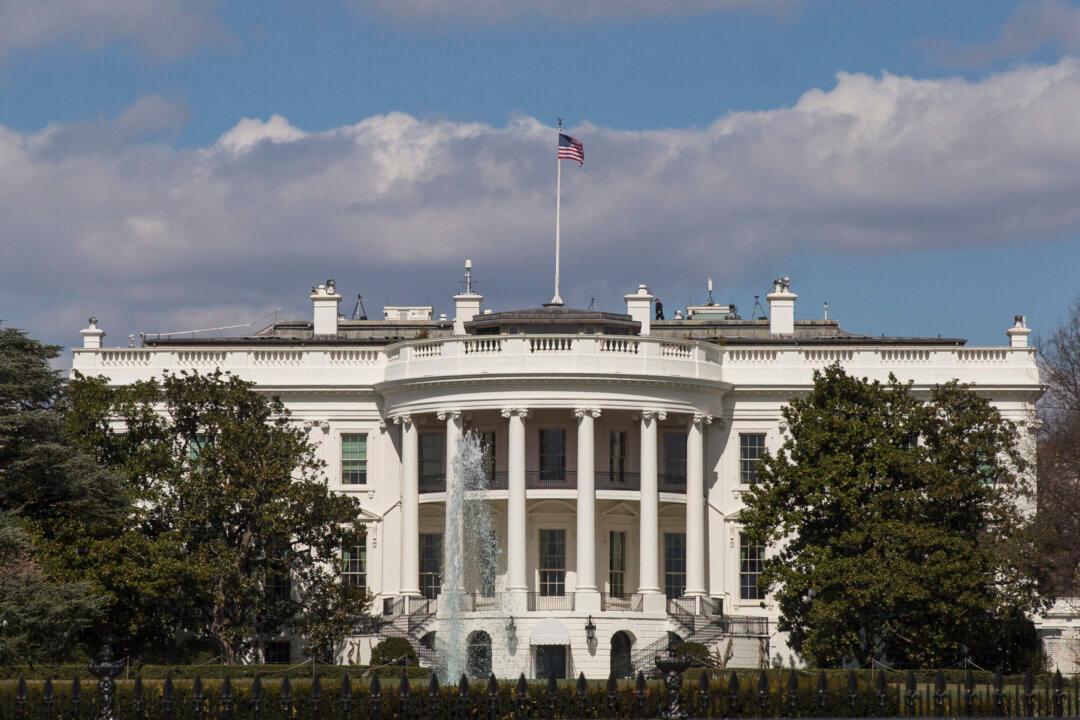President Donald Trump signed an executive order on Dec. 21 that recommends classical architecture as the “preferred and default architecture” for public federal government buildings in Washington.
The order criticizes what’s become known as the “Guiding Principles for Federal Architecture,” which largely replaced traditional designs with modernist ones in the 1950s. The policy “implicitly discouraged classical and other traditional designs known for their beauty,” instead pushing for so-called “contemporary” designs.





